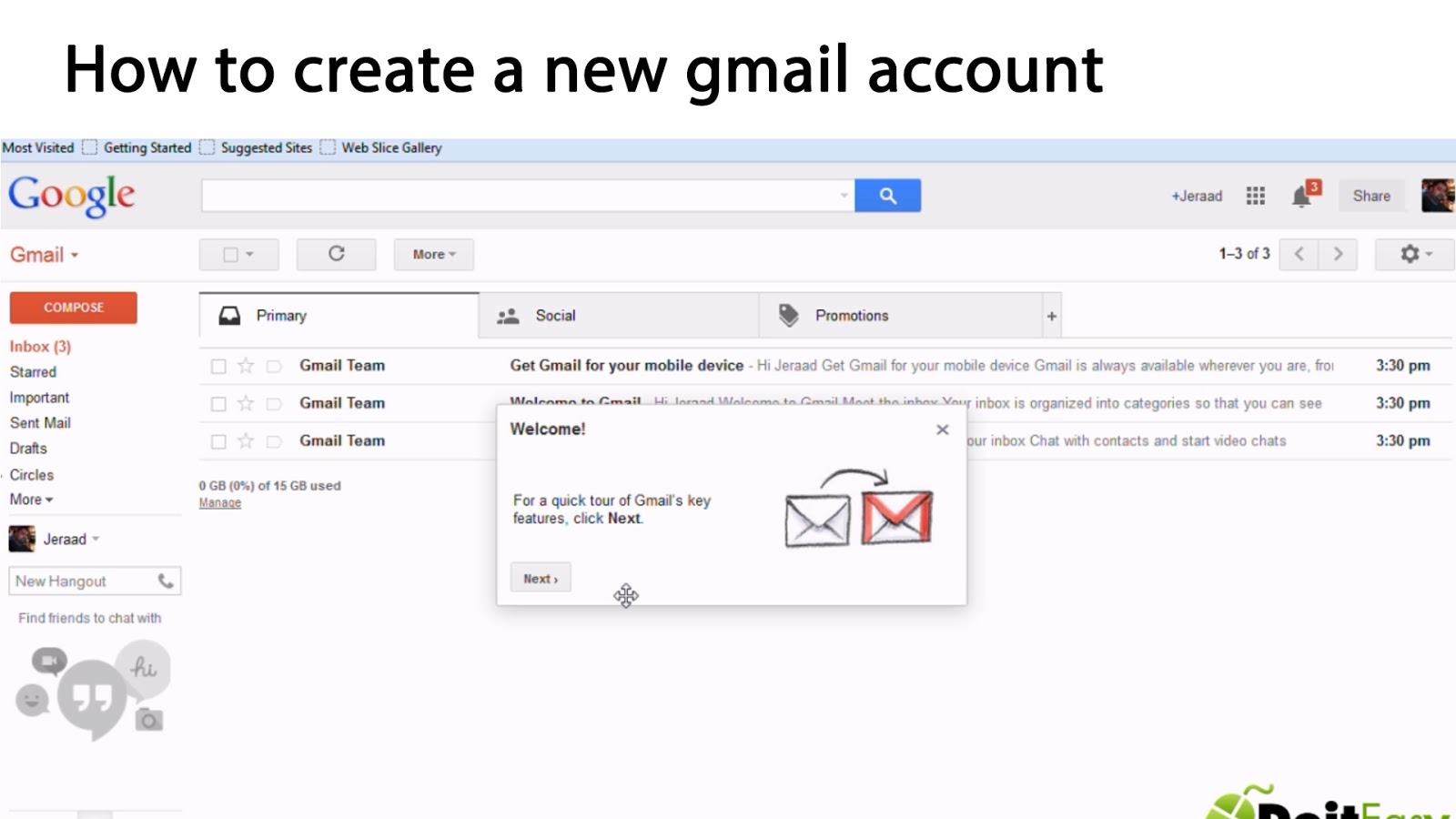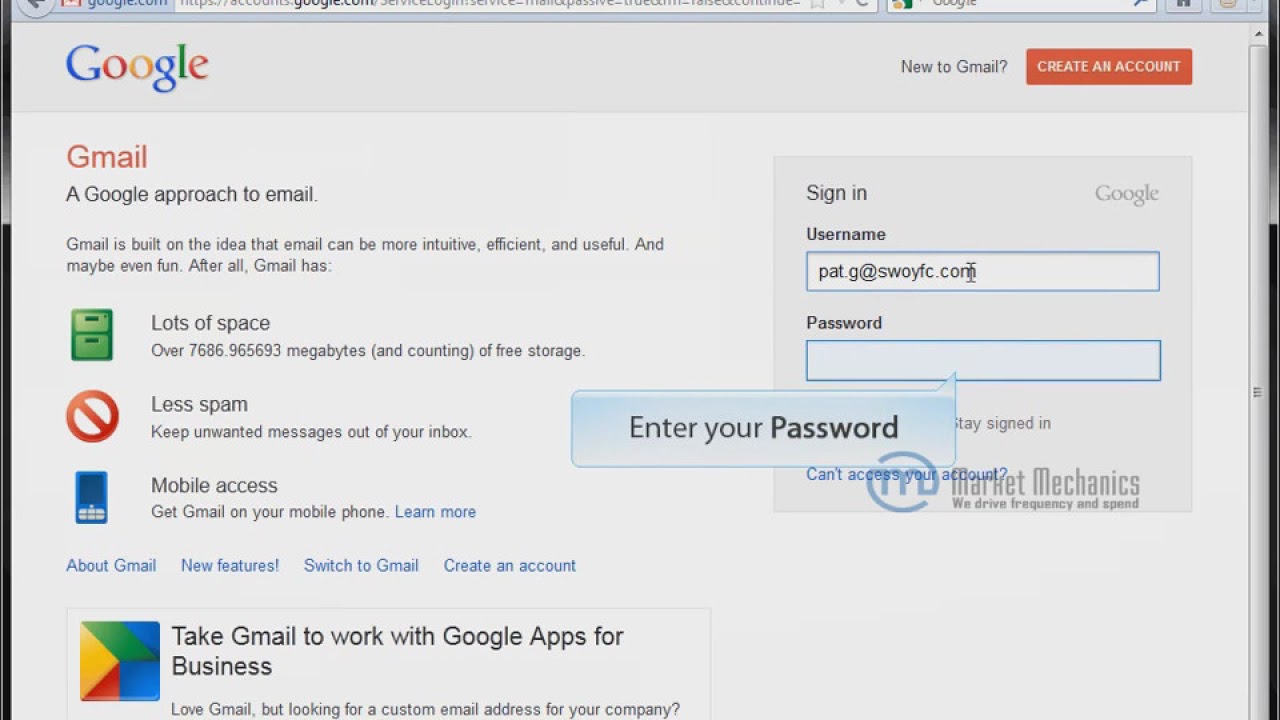Ever felt that pang of panic when you can't access something vital? Imagine needing to check an important email, only to find your Gmail account refusing to open. It's a frustrating, modern-day dilemma, and it happens more often than you'd think. This guide will explore why you might be locked out and what you can do about it.
Being unable to access your Gmail can feel like losing a limb in today's connected world. Email is central to communication, work, and often our social lives. From password resets to two-factor authentication codes, your Gmail account is the gatekeeper to a significant portion of your digital life. So, when that gate slams shut, it's time to take action.
The inability to access Gmail can stem from a variety of issues, ranging from simple typos in your password to more complex problems like server outages or security breaches. Sometimes the solution is a quick fix, other times it requires a more in-depth investigation. Understanding the potential causes is the first step towards regaining control.
One of the most common reasons for Gmail access issues is simply forgetting your password. We've all been there – staring blankly at the password field, trying every combination we can think of. Fortunately, Google provides a password recovery process, but it relies on having set up recovery options beforehand, like a recovery email address or phone number. This highlights the importance of proactive account management.
Beyond forgotten passwords, other culprits can include incorrect login credentials, internet connectivity problems, browser issues, or even problems with Google's servers. Sometimes, the issue isn't with your account at all but with the device or network you're using. Troubleshooting these possibilities systematically is key to finding a solution.
While Gmail has been around for a while, the problem of access issues is as old as the internet itself. As technology evolves, so do the methods for securing our online accounts, and with increased security comes the potential for access complications. Two-factor authentication, while a valuable security measure, can also be a source of frustration if you lose access to your authentication device.
If you can't open your Gmail account, try these steps:
1. Check your internet connection: Ensure you're online and that your connection is stable.
2. Double-check your login credentials: Typos are common! Verify your email address and password.
3. Try a different browser or device: Sometimes the issue is browser-specific.
4. Clear your browser's cache and cookies.
5. Check the Google Workspace Status Dashboard for any reported outages.
If basic troubleshooting fails, Google's account recovery process is your next step. This usually involves verifying your identity through recovery email addresses, phone numbers, or security questions.
Advantages and Disadvantages of Two-Factor Authentication
| Advantages | Disadvantages |
|---|---|
| Enhanced security | Can be inconvenient if you lose access to your authentication device |
FAQs
1. Why is Gmail important? Gmail provides free email, calendar, and contacts, crucial for communication and organization.
2. What do I do if I forgot my password? Use Google's account recovery process.
3. How can I improve my account security? Enable two-factor authentication.
4. Why is my Gmail so slow? Check your internet connection or clear your browser cache.
5. Can I access Gmail offline? Yes, with certain settings enabled.
6. How do I contact Google support? Through their help center online.
7. How can I prevent getting locked out? Keep your recovery information up-to-date.
8. Why is two-factor authentication important? It adds an extra layer of security to your account.
Tips for preventing Gmail lockout: Keep recovery information updated, use a password manager, and familiarize yourself with Google's account recovery process.
In conclusion, being unable to access your Gmail account can be a significant inconvenience, disrupting communication and access to important services. From simple password issues to more complex technical glitches, various factors can contribute to this problem. By understanding the potential causes and following the troubleshooting steps outlined, you can often regain access quickly. Remember the importance of proactive account management, keeping your recovery information up-to-date, and using strong passwords. Taking these steps will not only help you avoid future lockouts but also strengthen your overall online security. Investing a little time in these preventative measures can save you a lot of headaches down the road. Don't wait until you're locked out to take action. Secure your digital life today and enjoy the peace of mind that comes with knowing your important information is safe and accessible.
The quiet ritual preserving your yamaha outboards legacy
Reed funeral home obituaries canton ohio
Unlocking the power of touch what is the pulpejo del dedo
How to delete spam mail in Gmail once and for all - Khao Tick On
can't get my gmail account to open - Khao Tick On
Set Up Gmail Account at Betty Nipp blog - Khao Tick On
How to Sign In Gmail - Khao Tick On
can't get my gmail account to open - Khao Tick On
Open New Gmail Account - Khao Tick On
Gmail blocked your account Here is what to do 2024 - Khao Tick On
How To Remove Updates Label In Gmail at Harold Breaux blog - Khao Tick On
can't get my gmail account to open - Khao Tick On
can't get my gmail account to open - Khao Tick On
Why Cant I Delete All My Junk Mail At Once at Cecile Jones blog - Khao Tick On
can't get my gmail account to open - Khao Tick On
Email for gmail sign in - Khao Tick On
how to stop youtube emails - Khao Tick On
How to Archive Emails with Gmail 6 Steps with Pictures - Khao Tick On














